Text created by ChatGPT and other Large Language Models is
spreading rapidly across the Internet. It's well-written, artificial,
frequently inaccurate. If you find a mistake on Spaceweather.com, rest
assured it was made by a real human being. This is an AI Free Zone!
|
|
|
GLANCING-BLOW CME EXPECTED:
NOAA forecasters say that a CME might hit Earth's magnetic field late on June 7th or June 8th. It was hurled into space on June 4th by an erupting filament of magnetism in the sun's southern hemisphere: movie. The glancing impact could cause minor G1-class geomagnetic storms. Aurora alerts: SMS Text
THEY'RE BACK! NOCTILUCENT CLOUDS:
The summer season for noctilucent clouds (NLCs) has begun.
"They're back with a bang!' says Arnim Berhorst who saw the electric-blue clouds
over Bergen, Norway--one of at least seven European countries where
they were observed on June 5th. Valther Jørgensen sends this picture
from Djursland, Denmark:
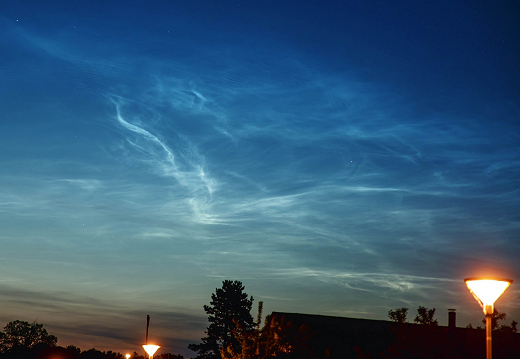
"These luminous night clouds appeared for the first time over Denmark this summer," says Jørgensen.
NLCs are clouds of frosted
meteor smoke. They form every year in summer when wisps of sunwarmed
water vapor rise up to the edge of space. At altitudes greater than 80
km, the water crystallizes around disintegrated meteoroids, forming
beautiful electric-blue structures.
Although these are the first
NLCs seen from the ground, Earth-orbiting satellites have been
monitoring them for more than a week. The NOAA-21 satellite saw them
first on May 26th. In this 3 day animation, blue dots mark the location
of clouds deep inside the Arctic Circle:
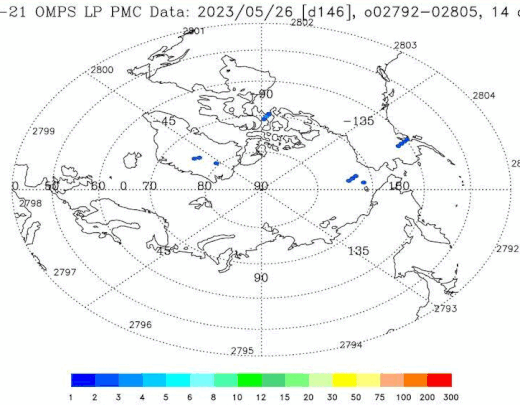
Image credit: Matt DeLand // NOAA-21 OMPS LP instrument
This is typical. NLCs always
form first over the poles where temperatures are coldest--a necessity
for making water molecules stick to meteoroids. From there, the clouds
multiply and spread outward. In only 3 days (May 26, May 27, May 28), NOAA-21 saw cloud counts increase from 14 to 104 as they drifted south toward Europe.
Last night's sightings are
just the beginning. Noctilucent cloud season typically runs from June to
August. The clouds tend to brighten and become most widespread around
the summer solstice, with sightings in recent years as far south as
Spain and southern California. If you see an NLC, submit your photo here.
more images: from Krzysztof Spera of Warsaw, Poland; from P-M Hedén of Vallentuna Sweden; from Pentti Arpalahti of Helsinki, Finland; from Roberts Lazdins of Rude, Latvia; from Andy Stables of Milovaig, Glendale, Isle of Skye; from Juris Seņņikovs of Jelgava, Latvia
Realtime Space Weather Photo Gallery
Free: Spaceweather.com Newsletter
FAR OUT FATHER'S DAY GIFT: If Capt. Kirk used a flask, this would be it.
Inscribed with the words "To Boldly Go Where No One Has Gone Before,"
the sterling silver container flew to the stratosphere on June 4, 2023,
onboard an Earth to Sky Calculus cosmic ray research balloon:

You can have it for $122.95.
During the flight, the flask experienced temperatures as low as
-59 C. It was still cold to the touch when students retrieved it 30
minutes after landing in Pine Creek Canyon in the Sierra Nevada
mountains near Bishop CA.
The flask comes with a
greeting card showing itself in flight, and telling the story of its
journey to the stratosphere and back again. It makes a great Father's
Day gift for Trekkie dads!
Far Out Gifts: Earth to Sky Store
All sales support hands-on STEM education
Realtime Aurora Photo Gallery
Free: Spaceweather.com Newsletter
Every night, a network
of
NASA
all-sky cameras scans the skies above the United
States for meteoritic fireballs. Automated software
maintained by NASA's Meteoroid Environment Office
calculates their orbits, velocity, penetration depth
in Earth's atmosphere and many other characteristics.
Daily results are presented here on Spaceweather.com.
On Jun 06, 2023, the network reported 16 fireballs.
(16 sporadics)
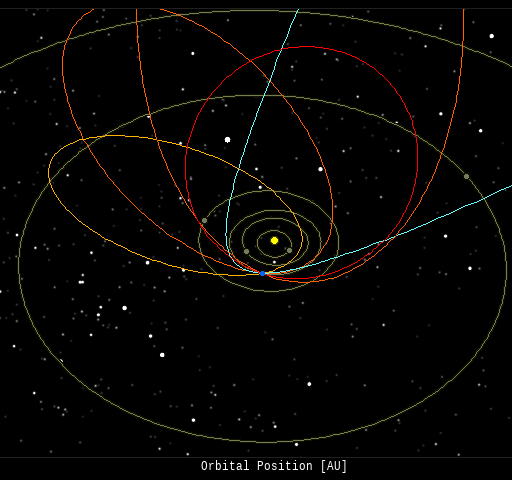
In this diagram of the inner solar system, all of the fireball orbits intersect at a single point--Earth. The orbits are color-coded by velocity, from slow (red) to fast (blue).
[Larger image] [movies]
Potentially Hazardous Asteroids (
PHAs)
are space rocks larger than approximately 100m that
can come closer to Earth than 0.05 AU. None of the
known PHAs is on a collision course with our planet,
although astronomers are finding
new
ones all the time.
On June 6, 2023 there were 2335 potentially hazardous asteroids.
 |
Recent
& Upcoming Earth-asteroid encounters:
| Asteroid |
Date(UT) |
Miss Distance |
Velocity (km/s) |
Diameter (m) |
| 2012 KP24 |
2023-May-31 |
10.3 LD |
12.4 |
19 |
| 2023 KE5 |
2023-Jun-01 |
5.9 LD |
8.5 |
25 |
| 2023 JM1 |
2023-Jun-01 |
10.1 LD |
5.1 |
22 |
| 2023 KZ2 |
2023-Jun-02 |
12.4 LD |
9.3 |
20 |
| 2023 KS2 |
2023-Jun-02 |
10.3 LD |
10.3 |
22 |
| 2023 JE5 |
2023-Jun-04 |
17.6 LD |
8 |
35 |
| 2023 JR2 |
2023-Jun-04 |
17 LD |
7.6 |
38 |
| 2023 HO18 |
2023-Jun-04 |
1.2 LD |
4.7 |
29 |
| 2023 KW2 |
2023-Jun-06 |
11.8 LD |
10.1 |
66 |
| 2018 KR |
2023-Jun-07 |
6.5 LD |
4.9 |
19 |
| 2017 UJ2 |
2023-Jun-07 |
5.3 LD |
5.6 |
2 |
| 2023 JB3 |
2023-Jun-09 |
14.1 LD |
6.9 |
52 |
| 488453 |
2023-Jun-12 |
8.3 LD |
21.5 |
495 |
| 2022 WN4 |
2023-Jun-13 |
10.8 LD |
15.1 |
158 |
| 2020 DB5 |
2023-Jun-15 |
11.3 LD |
9.5 |
506 |
| 2023 HL |
2023-Jun-17 |
13.5 LD |
1 |
15 |
| 2016 LK49 |
2023-Jun-19 |
17.4 LD |
19.4 |
22 |
| 2023 HF1 |
2023-Jun-21 |
12.5 LD |
4.4 |
59 |
| 467336 |
2023-Jun-24 |
17.4 LD |
7.1 |
269 |
| 2008 LG2 |
2023-Jun-24 |
10.5 LD |
5.6 |
32 |
| 2013 WV44 |
2023-Jun-28 |
9.1 LD |
11.8 |
95 |
| 2022 MM1 |
2023-Jun-29 |
9.5 LD |
9.8 |
41 |
| 2020 NC |
2023-Jul-02 |
13.9 LD |
7.7 |
123 |
| 2023 HO6 |
2023-Jul-05 |
5.3 LD |
7.8 |
238 |
| 2019 LH5 |
2023-Jul-07 |
14.9 LD |
21.6 |
281 |
| 2018 NW |
2023-Jul-10 |
18 LD |
21.8 |
10 |
| 2018 UY |
2023-Jul-12 |
7.4 LD |
16.4 |
243 |
| 2020 UQ3 |
2023-Jul-18 |
3.2 LD |
9.3 |
59 |
| 2022 GX2 |
2023-Jul-20 |
11.9 LD |
9.4 |
5 |
| 2020 OM |
2023-Jul-20 |
8.5 LD |
9.5 |
14 |
| 2015 MA54 |
2023-Jul-24 |
16.6 LD |
9.2 |
31 |
| 2018 BG5 |
2023-Jul-27 |
10.7 LD |
8.4 |
56 |
| 2020 PP1 |
2023-Jul-29 |
17 LD |
4.1 |
17 |
| 2021 BD3 |
2023-Jul-30 |
14 LD |
8.5 |
25 |
| 2016 AW65 |
2023-Jul-31 |
16.6 LD |
5.7 |
54 |
| 2020 PN1 |
2023-Aug-03 |
10.8 LD |
4.8 |
29 |
 |
Notes: LD means
"Lunar Distance." 1 LD = 384,401 km, the distance
between Earth and the Moon. 1 LD also equals 0.00256
AU.
| |
Cosmic Rays in the Atmosphere |
SPACE WEATHER BALLOON DATA: Almost once a week, Spaceweather.com and the students of Earth to Sky Calculus
fly space weather balloons to the stratosphere over California. These
balloons are equipped with sensors that detect secondary cosmic rays, a
form of radiation from space that can penetrate all the way down to
Earth's surface. Our monitoring program has been underway without
interruption for 7 years, resulting in a unique dataset of in situ atmospheric measurements.
Latest results (July 2022): Atmospheric radiation is decreasing in 2022. Our latest measurements in July 2022 registered a 6-year low:
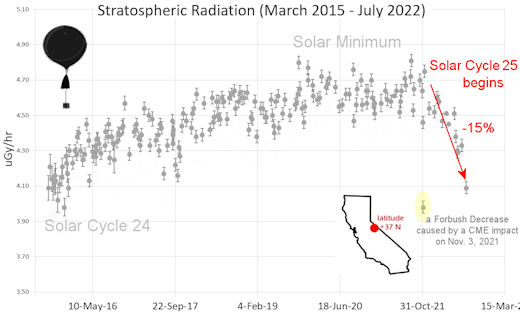
What's going on? Ironically, the radiation drop is caused by increasing solar activity. Solar Cycle 25 has roared to life
faster than forecasters expected. The sun's strengthening and
increasingly tangled magnetic field repels cosmic rays from deep space.
In addition, solar coronal mass ejections (CMEs) sweep aside cosmic
rays, causing sharp reductions called "Forbush Decreases." The two effects blend together to bring daily radiation levels down.
.Who
cares? Cosmic rays are a surprisingly "down to Earth" form of space
weather. They can alter the chemistry of the atmosphere, trigger lightning, and penetrate commercial airplanes. According to a study
from the Harvard T.H. Chan school of public health, crews of
aircraft have higher rates of cancer than the general population. The
researchers listed cosmic rays, irregular sleep habits, and chemical contaminants as leading risk factors. A number of controversial studies (#1, #2, #3, #4) go even further, linking cosmic rays with cardiac arrhythmias and sudden cardiac death.
Technical notes: The radiation sensors onboard our helium balloons detect X-rays and gamma-rays in the energy range 10 keV to 20 MeV. These energies span the range of medical X-ray machines and airport security scanners.
Data points in the graph labeled "Stratospheric Radiation" correspond to the peak of the Regener-Pfotzer maximum,
which lies about 67,000 feet above central California. When cosmic
rays crash into Earth's atmosphere,
they produce a spray of secondary particles that is most intense at
the entrance to the stratosphere. Physicists Eric Regener and Georg
Pfotzer discovered the maximum using balloons in the 1930s and it is what we are measuring today.
| |
The
official U.S. government space weather bureau |
| |
The
first place to look for information about sundogs,
pillars, rainbows and related phenomena. |
| |
Researchers
call it a "Hubble for the sun." SDO
is the most advanced solar observatory ever. |
| |
3D
views of the sun from NASA's Solar and Terrestrial
Relations Observatory |
| |
Realtime
and archival images of the Sun from SOHO. |
| |
information about sunspots based on the latest NOAA/USAF Active Region Summary |
| |
current counts of failed and deployed Starlink satellites from Jonathan's Space Page |
| |
Authoritative predictions of space junk and satellite re-entries |
| |
from
the NOAA Space Environment Center |
| |
fun to read, but should be taken with a grain of salt! Forecasts looking ahead more than a few days are often wrong. |
| |
from the NOAA Space Environment Center |
| |
the
underlying science of space weather |
 |
Getting YouTube comments is essential if you want to beat the algorithm! That’s why you need to buy YouTube comments from RealSocialz.com because they offer real USA comments you can customize. |
 |
When looking for casinos to play online when the weather is bad, you can try casino online trucchi
for Italian games. If you are not from Finland you can try the
Swedish page Svenska casino online to find suitable games, check out svenskacasinoonline.net. Always check your local laws before playing with real money. |
 |
BestCSGOGambling is the best site for everything related to CSGO gambling on the web |
| |
These links help Spaceweather.com stay online. Thank you to our supporters! |





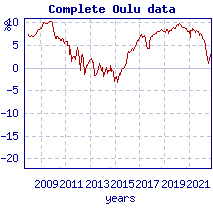
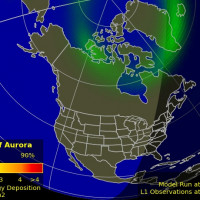

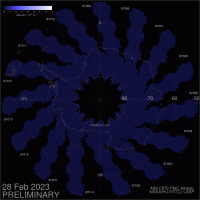







No comments:
Post a Comment